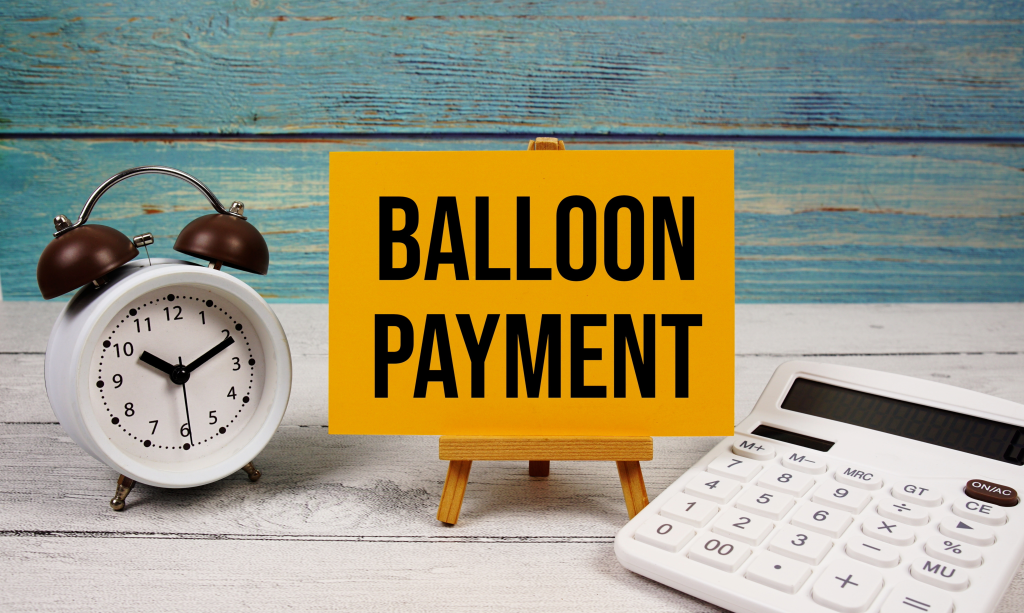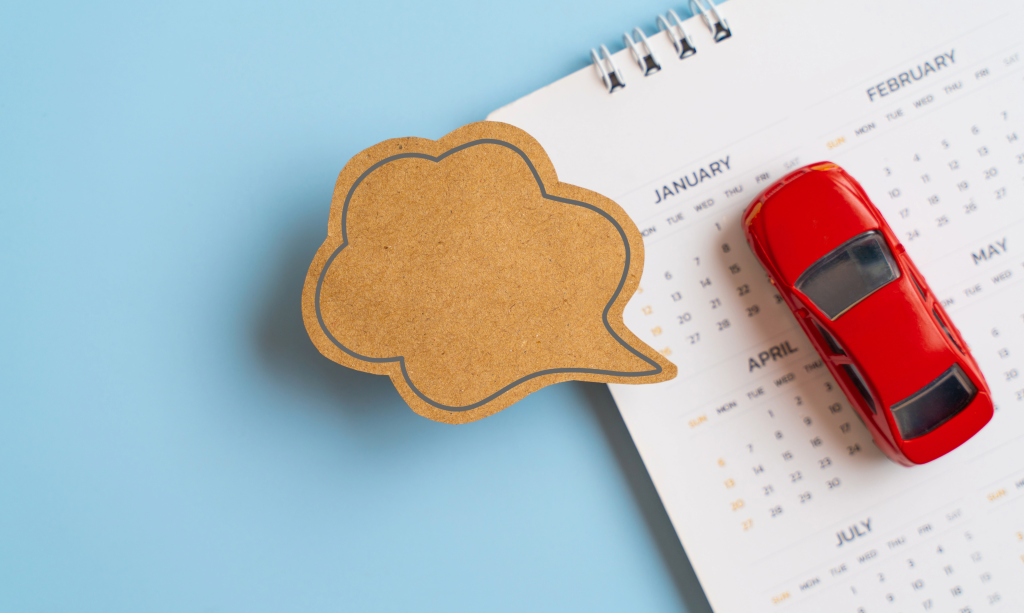A balloon payment can lower your monthly car instalments, but there’s a catch. Our latest article explains the pros, cons, and your options for that final lump sum.
In a clear sign of the financial pressures facing households, a growing number of South Africans are turning to balloon payments to make buying a new vehicle more affordable. Recent data from WesBank shows a sharp increase in this financing option, highlighting a significant trend in how people are managing car ownership costs.

Between July and August 2025 alone, the portion of new car finance deals featuring a balloon payment jumped from 27% to 35%. Not only are more people using this option, but the size of the balloon payment itself has also crept up, averaging 37% in August, up from 33% in July. While these numbers reflect a recent spike, the trend has been consistent, with figures from August 2024 showing a similar preference for this payment structure.
So, What Exactly is a Balloon Payment?
Despite its growing popularity, the balloon payment is often misunderstood. Lebo Gaoaketse, Head of Marketing and Communication at WesBank, clarifies its purpose. “There’s a common perception that balloon payments should be avoided at all costs, but they are designed to make monthly vehicle repayments more affordable, allowing customers to purchase a car when they need one,” he explains.

Think of it this way: a portion of the car’s total cost is set aside and only becomes due at the very end of your finance term. By doing this, your regular monthly payments are calculated on a smaller loan amount, making them significantly lower and easier to manage.
The Catch: That Final Lump Sum
The trade-off for smaller monthly payments is the large, final lump sum you’ll have to pay. This is the “balloon” that needs to be settled before you can officially take full ownership of the vehicle. Gaoaketse stresses that buyers must go into these agreements with their eyes wide open. He advises that it is crucial to read the finance contract carefully and be fully aware of the repayment terms from the start.
You’ve Reached the End of the Road: What Are Your Options?
When that final payment looms, you aren’t left without choices. Car buyers who opt for a balloon payment typically have a few paths forward:
- Save Up: The most straightforward approach is to plan ahead. It is advisable to start saving for the balloon amount from the beginning of the contract to make the final payment more manageable.
- Refinance: You can choose to settle the outstanding balance by taking out a new loan. It’s important to know that this is treated as a completely new loan application and will be subject to credit checks. The interest rate you get will depend on your risk profile at the time of refinancing.

Extend the Loan: A third option is to extend the term of your existing balloon loan. Instead of a new agreement, your original loan term is simply made longer with a revised payment schedule to clear the balloon amount. The key difference is that refinancing creates a new loan, while an extension simply modifies the old one
Ultimately, a balloon payment can be a very effective tool for managing vehicle affordability. The key is to see it not as a way to avoid costs, but as a strategy that requires foresight and a clear plan for the end of the term.
You might also like
More from Featured
Qatar Airways’ AI Cabin Crew ‘Sama’ helps secure Top Award
Qatar Airways secures the ‘Best Airline App 2025’ award at the World Aviation Festival, largely due to its world-first AI …
Everything You Need To Know About The 2025 Renault Triber
Since launching in the South African market back in 202, the Renault Triber has carved out a loyal following thanks …
Navigating the Maze of Debt: A Guide to Debt Review and How to Avoid the Scams
Considering debt review? Weigh the pros and cons, explore alternatives, and learn to spot the dangerous debt counselling scams you …








